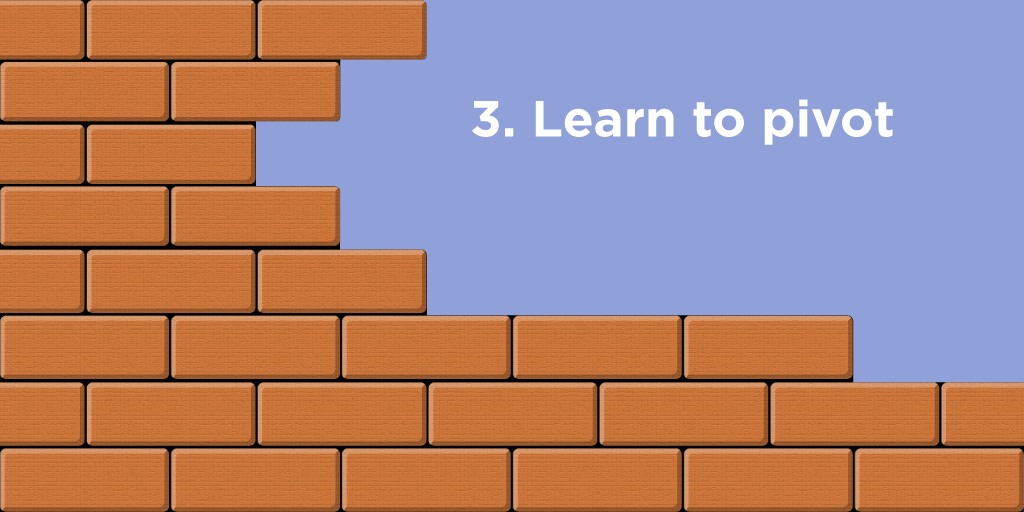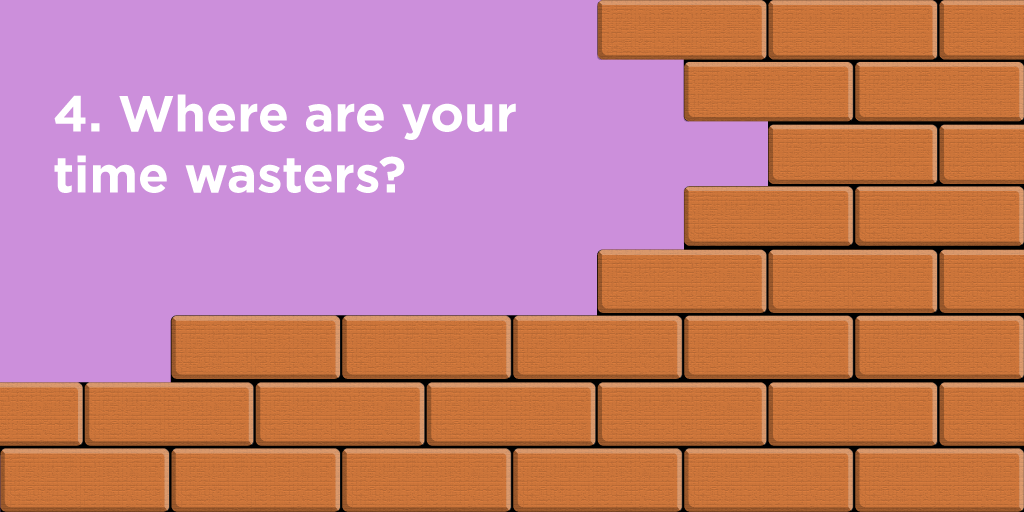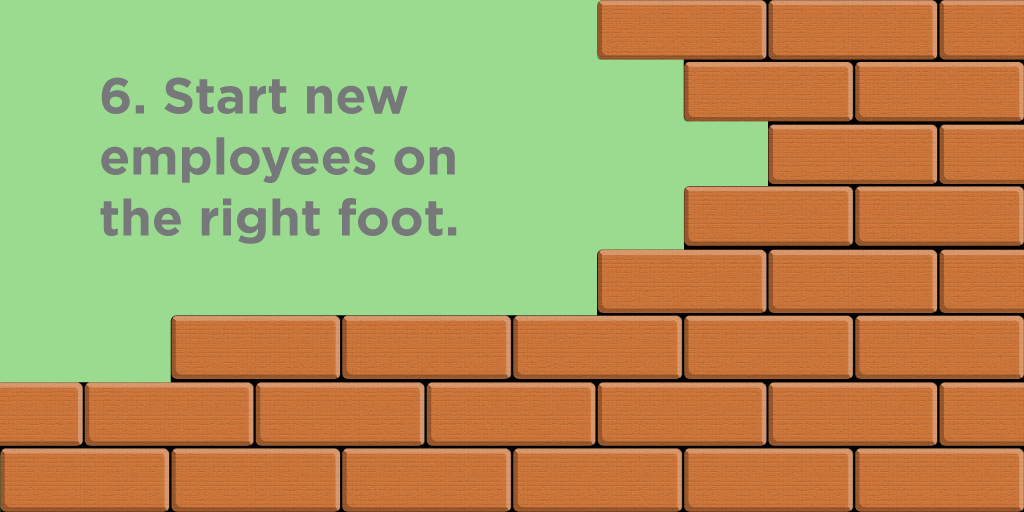Employees say that working on a high performing team makes them more creative and more confident. A good team dynamic, high degree of psychological safety and ability to work collaboratively make any business stronger. Collaboration doesn’t happen overnight, though. It must be worked for and kept up through conscious effort. Collaboration requires openness, flexibility, and willingness to use the best tools at your disposal for the tasks you have to accomplish. Take a look at the six steps we’ve put together to take your workplace collaboration to the next level.
1. Communicate… and then communicate some more

Your team is only as strong as your communication skills. With open lines of communication, you will know when an employee is struggling or when a project needs an extra pair of hands. Positive feedback for a job well done also encourages your team to keep producing high caliber work by boosting morale. So how do you build open communication? Start with feedback. Weekly one on ones are a great way to give frequent feedback and get status updates. Just remember that you are engaging in a dialogue, and encourage employees to talk candidly about their struggles and triumphs, even when that means that they have constructive criticism for you.
2. Share knowledge and insights

Making sure your team has access to the knowledge they need seems like a no brainer, but it can be easier said than done. Knowledge often comes to live in silos, meaning that one person or a single team has access to it, while everyone else in the organization may not even realize it exists. This leads to employees searching for information for hours, wasting valuable time, or even performing a task incorrectly due to lack of proper tools. It’s estimated that employees spend around 36% of their time searching for information. Rather than let your employees struggle, make sure they know exactly where to search. Intranet solutions include many powerful tools for sharing knowledge. You can search by skills, as well as post to a company forum when you need help with a particular task. Documents are also searchable, and it’s easy to include master copies on the intranet so that there is only one version of the truth. This goes a long way in defeating knowledge silos.
3. Learn to pivot

These days, businesses must be quick to adjust strategies and capitalize on new opportunities. Accomplishing such agility means being flexible and willing to shift your focus when needed. No one likes to put a lot of work into a project only to have it fall by the wayside, but those who are willing to let go and give their attention to the most pressing items will ensure that they accomplish the highest impact tasks. At team meetings and one on ones always take the opportunity to examine to do lists and reprioritize if necessary.
4. Where are your time wasters?

Every team has those things that eat up lots of time without helping them accomplish more. 47% of workers believe that they waste the most time in meetings, while 37% say that they spend too much of their day fixing others’ mistakes. Discussing your team’s time wasters and figuring out how to beat them will help streamline collaboration and also improve your employees’ spirits. If emails are bogging you down, perhaps shared to do lists or collaboration software could help you use your time more effectively.
5. Use the right tools

We are inundated with digital collaboration and productivity tools, and the market isn’t getting less flooded anytime soon. While this mess of software promising to make your team more productive and happy seems intimidating, cutting through the noise to find the right solution for your needs is well worth the effort. Don’t blindly choose a product by any means – that’s how you wind up with something low quality that sits on your computer unused at best or at worst becomes one more time waster. The right tool really can make a difference, though. It can make you more productive and a better communicator, and it can make your employees more engaged. One great place to start is with an intelligent intranet solution. They address every issue mentioned here and are highly flexible to meet your team’s specific needs.
6. Start new employees on the right foot

Onboarding is essential in building good collaboration habits. Every new employee has a learning curve, but getting them in tune with processes that are important to your team from day one will ensure that they quickly mature into high impact contributors. Be understanding of their position, but give feedback and nudge them in the right direction. Working well as individuals is important, but building a team of good collaborators will take your productivity and performance to another level. Don’t hesitate – get collaborating today.
